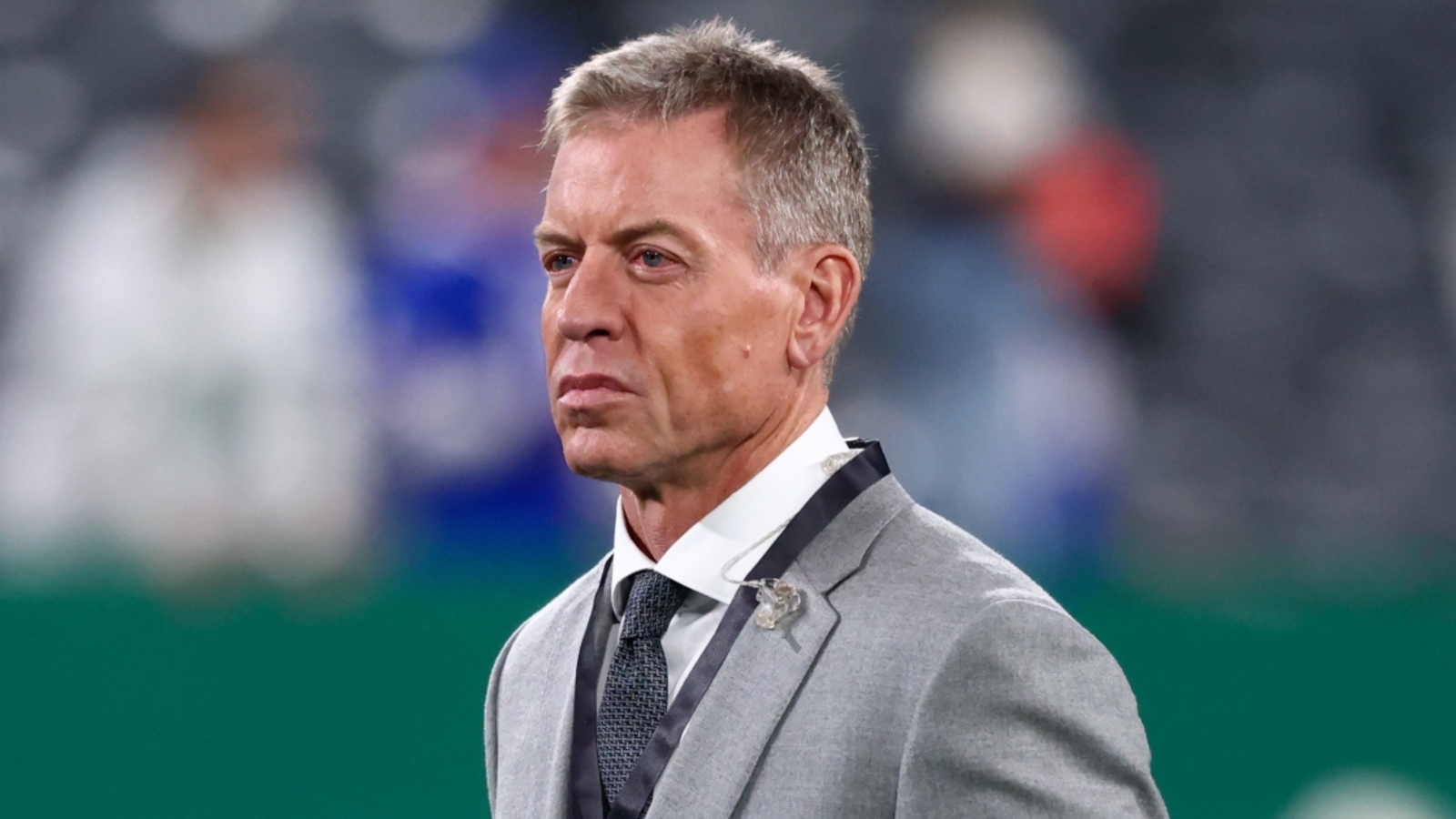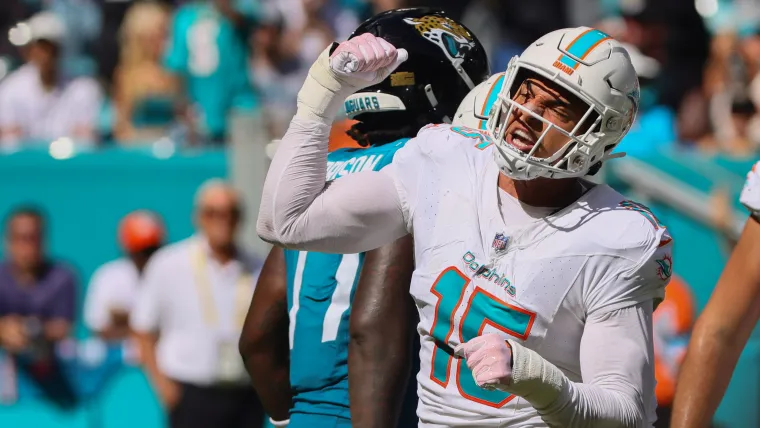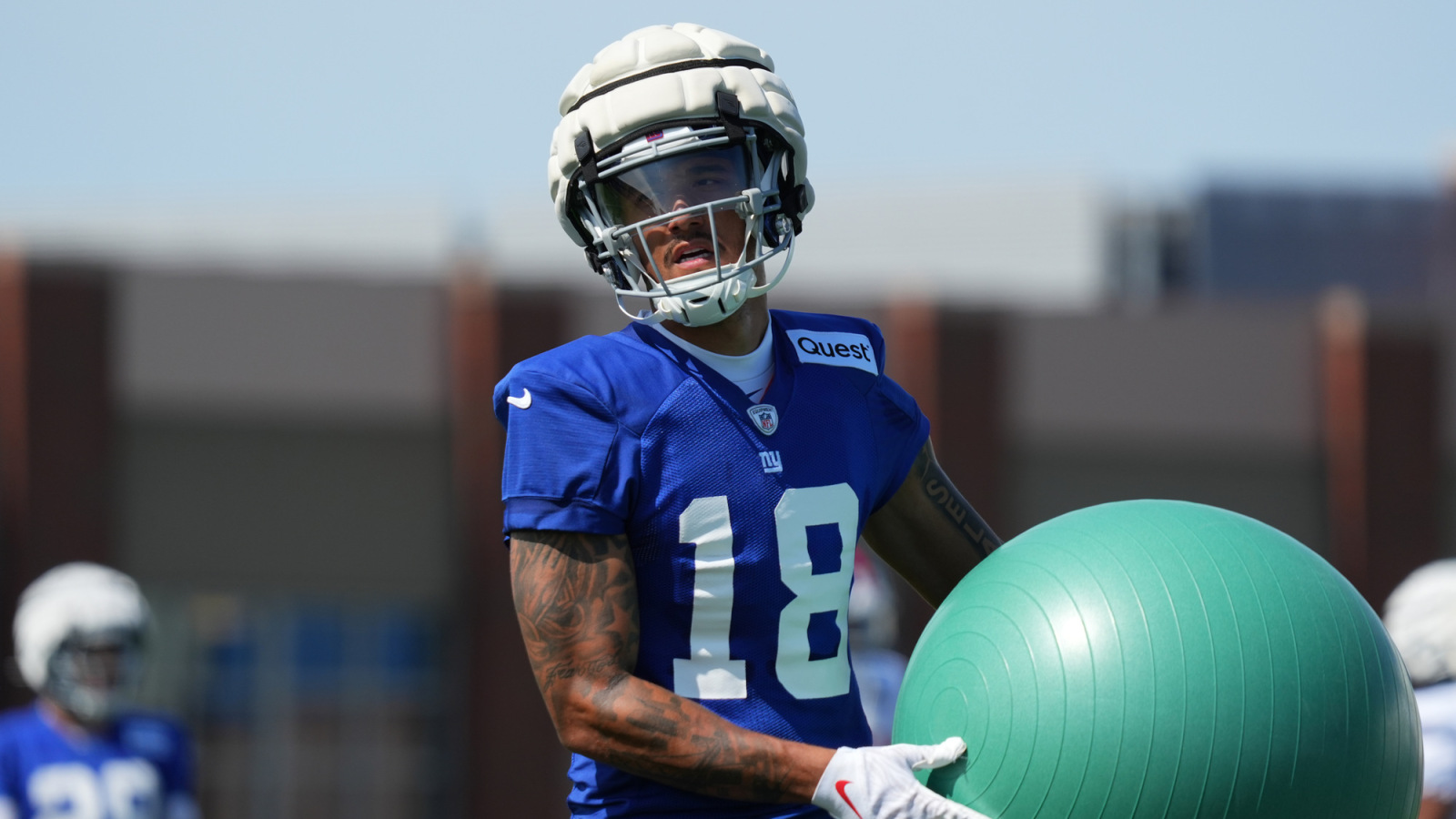The Dallas Cowboys faced immediate backlash following a significant trade that sent major draft assets to the New York Jets in exchange for All-Pro defensive tackle Quinnen Williams. As the team sits below .500, analysts have been quick to question the rationale and cost of the move.
ESPN”s evaluation of the trade was harsh, awarding the Cowboys an “F” grade. The steep price, which includes a second-round pick in 2026, a choice from two first-round picks in 2027, and defensive tackle Mazi Smith, raised eyebrows given the team”s slim playoff chances this season.
Proponents of the trade argue that Williams will significantly improve the Cowboys” run defense and will complement players like Kenny Clark and Osa Odighizuwa, thus enhancing the interior defensive line immediately. The franchise”s defense has struggled in key statistical areas, prompting ownership to take decisive action instead of relying solely on future draft picks for improvement.
However, critics are concerned that sacrificing future assets for a veteran with a hefty salary could restrict the Cowboys” financial flexibility in subsequent seasons. This trade has reignited scrutiny of owner-general manager Jerry Jones” aggressive strategies. Detractors warn that the long-term cap implications and draft costs could hinder the team”s ability to remain competitive if this short-term gamble does not yield playoff success.
Locally, writers described the trade as a bold statement from a franchise unwilling to tolerate mediocrity, while national media highlighted the Jets” substantial return in terms of rebuilding assets. Social media reactions have been mixed, reflecting the heightened emotional investment of a fan base that expects postseason success.
In a detailed analysis by Seth Walder for ESPN, the Cowboys” trade for Williams was framed as a high-stakes gamble. The Cowboys effectively secured Williams, who would likely be a prized asset for many teams in 2025, but given their current record of 3-5-1, the value of the draft capital exchanged diminishes.
Walder noted that although Dallas had to be the highest bidder for Williams, the costs associated with his contract—approximately $21.75 million next year and $25.5 million by 2027—are significant. The challenge for the Cowboys” coaching staff will be to integrate Williams and recent acquisition Logan Wilson effectively to ensure the trade”s success is reflected on the field.
This trade illustrates the dilemma teams face between making immediate improvements and preserving future assets. For the Cowboys, the outcome will largely depend on their performance over the next two months. Should the team falter, those who criticized the decision may feel justified in their assessments.







